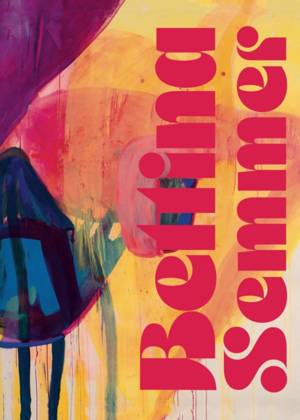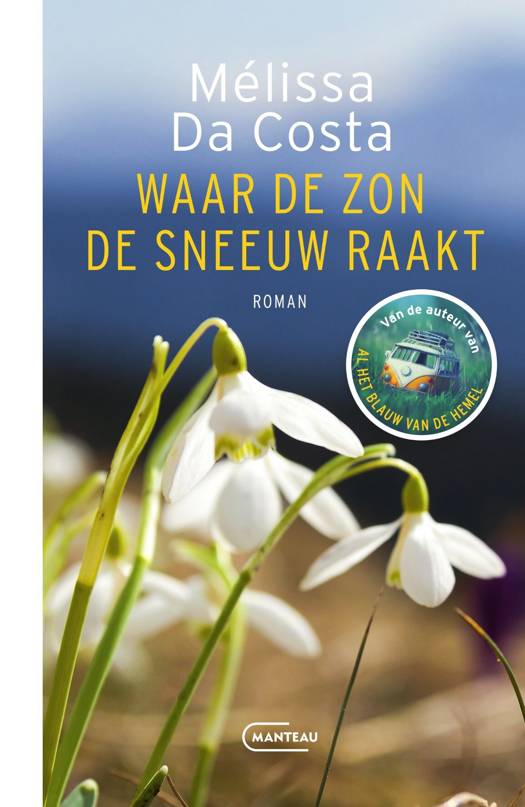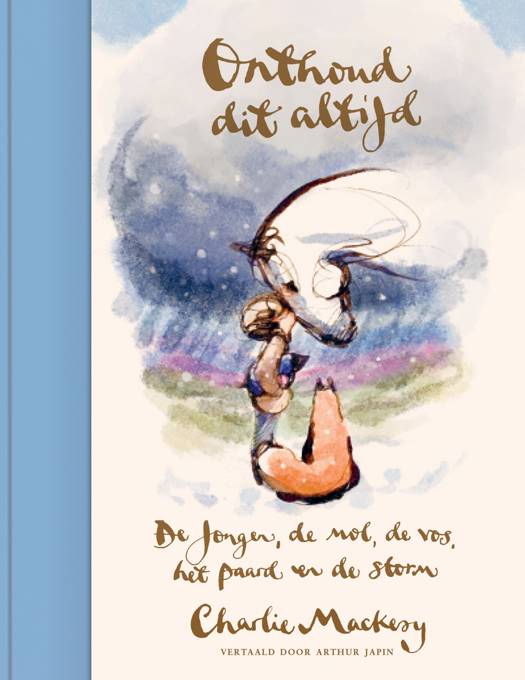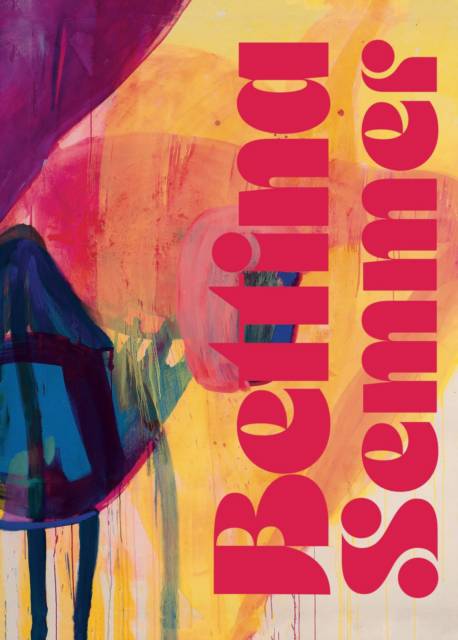
Je cadeautjes zeker op tijd in huis hebben voor de feestdagen? Kom langs in onze winkels en vind het perfecte geschenk!
- Afhalen na 1 uur in een winkel met voorraad
- Gratis thuislevering in België vanaf € 30
- Ruim aanbod met 7 miljoen producten
Je cadeautjes zeker op tijd in huis hebben voor de feestdagen? Kom langs in onze winkels en vind het perfecte geschenk!
- Afhalen na 1 uur in een winkel met voorraad
- Gratis thuislevering in België vanaf € 30
- Ruim aanbod met 7 miljoen producten
Zoeken
Bettina Semmer
Ludwig Seyfarth, Diedrich Diederichsen, Svenja Grosser, Tom Trevor, Christoph Narholz, Gislind Nabakowski, Anica Piontek, Almut Hüfler, Birgit Möcke, Phil King, Jose G Arenal, Ramona Heinlein
Hardcover | Engels
€ 39,45
+ 78 punten
Omschrijving
German painter Bettina Semmer (born 1955) is known for her vibrantly colored neo-expressionist works that contain echoes of surrealism and explore themes of female corporeality and trauma. This is the first comprehensive monograph on her complex oeuvre, presenting works from over five decades.
Specificaties
Betrokkenen
- Auteur(s):
- Illustrator(s):
- Uitgeverij:
Inhoud
- Aantal bladzijden:
- 204
- Taal:
- Engels
Eigenschappen
- Productcode (EAN):
- 9783903439771
- Verschijningsdatum:
- 12/12/2023
- Uitvoering:
- Hardcover
- Formaat:
- Genaaid
- Afmetingen:
- 216 mm x 279 mm
- Gewicht:
- 1247 g

Alleen bij Standaard Boekhandel
+ 78 punten op je klantenkaart van Standaard Boekhandel
Beoordelingen
We publiceren alleen reviews die voldoen aan de voorwaarden voor reviews. Bekijk onze voorwaarden voor reviews.









